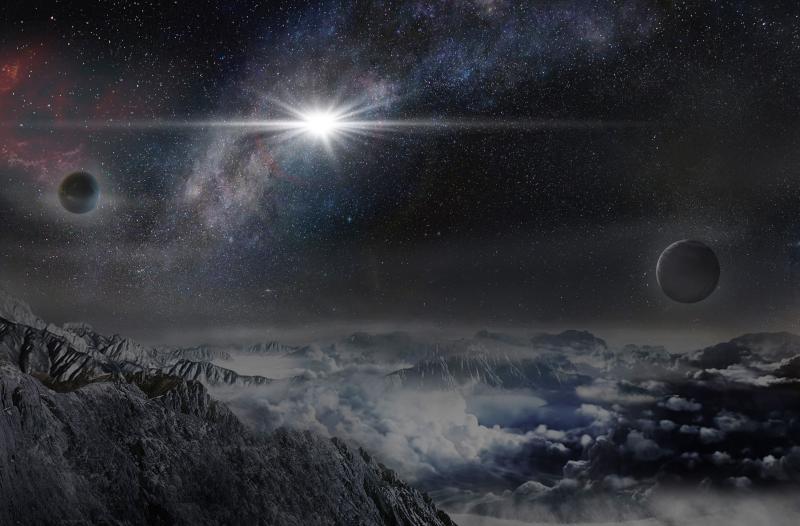Observing Our Night Sky Like Never Before

While we have always marveled at the night sky, we have lacked the technology to monitor it fully. No survey exists to image and record the entire celestial sphere nightly to seek out the transient, variable, and sometimes violent events that mark the evolution and transformation of our universe — until now.
“Astronomers dream of watching everything at once, every night,” said Krzysztof (Kris) Stanek, professor of astronomy. “Now we will.”
A new, five-year, $2.4 million grant from the Gordon and Betty Moore Foundation will make a critical difference to Ohio State’s existing All-Sky Automated Search for Supernovae (ASAS-SN) project. Led by Stanek (ASAS-SN principal investigator) and co-PIs Christopher Kochanek and Todd Thompson, this ambitious, reaching-for-the-sky project will add new telescopes and image our visible universe like never before.
"In essence, we will provide the first, time-lapse 'movie of the universe' — the first continuous, all-sky monitoring of the heavens ever undertaken," Thompson said.
The Gordon and Betty Moore Foundation grant funds ASAS-SN to add two new observatories, doubling the total number of ASAS-SN telescopes to 16. The new, complete system will observe the entire visible sky every night, providing real-time, public alerts of new astronomical transients to both professional and amateur communities.

As the telescopes will be distributed across the globe, “we’ll almost never be clouded-out; this minimizes the odds that we miss something truly incredible,” Stanek said. Multiple sites in each hemisphere position ASAS-SN to capture the brightest once-in-a-decade events missed by other surveys, while providing a comprehensive, unbiased sample of cosmic explosions.
“Equally important,” Kochanek adds, “the second piece of the grant will allow us to make the entire database of observations — now consisting of approximately 1,000 measurements of more than 50 million stars and growing — publicly accessible, so that anyone can mine it for new science. It will have extraordinary legacy value.”
In May 2014, ASAS-SN began its first observations with two sets of four telescopes located in Hawaii and Chile. These two sites cover about half of the visible sky to a depth of approximately 25,000 times fainter than the human eye can see. In just two short years, ASAS-SN has become the world leader in the discovery of bright supernovae, detecting more than 150 events per year, including both the deaths of massive stars and the thermonuclear explosions of white dwarfs. ASAS-SN also discovered the most luminous supernova ever found and the brightest example of a star shredded and eaten by a supermassive black hole.
.@OSUAstro professors are looking at the sky like never before, thanks to a grant from @MooreFound #ASCDaily
ASAS-SN Supporters & Collaborators
For more information on the Gordon and Betty Moore Foundation, visit moore.org. Additional Ohio State ASAS-SN collaborators include Professor of Physics and Astronomy John Beacom, director of the University’s Center for Cosmology and Astro-Particle Physics (CCAPP), and Assistant Astronomer Joshua Shields. Learn more about additional collaborators and support for ASAS-SN.
